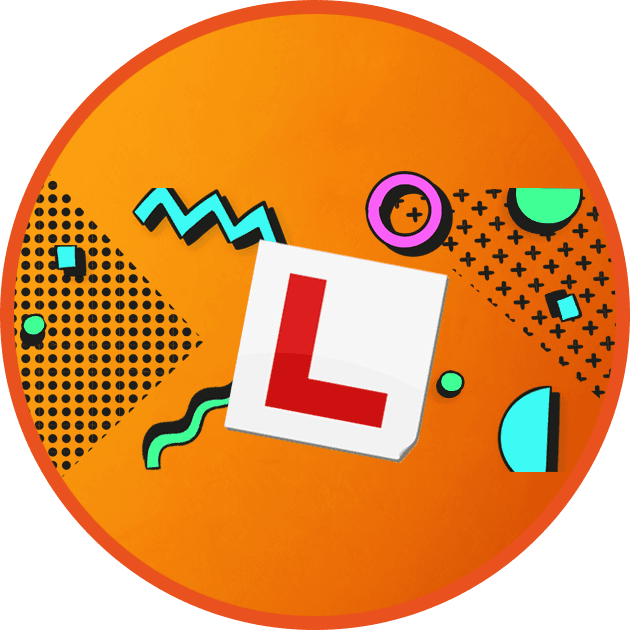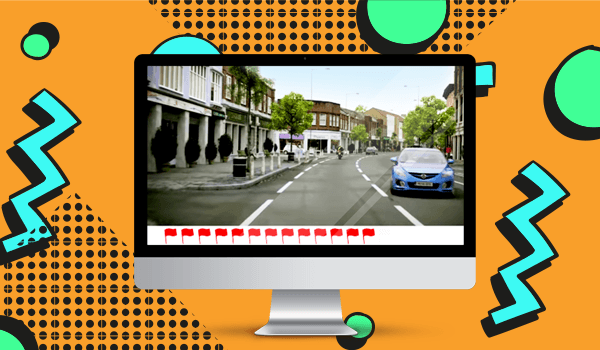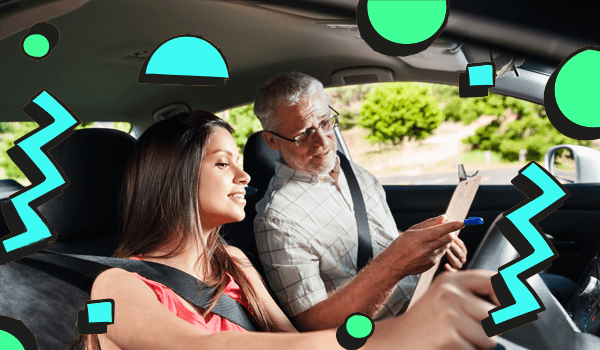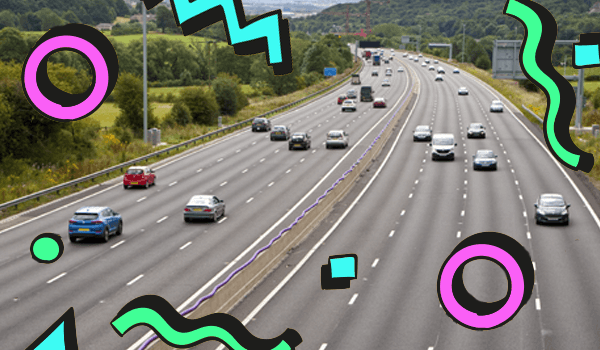Driving tests in the 80s vs today!
We’re taking a look at the biggest differences in driving tests, from the 1980s to today

So who had it easier when taking their driving test?
Parents never had to take a Theory Test!

Today - From July 1996, the introduction of the driving Theory test meant drivers had to prove a good knowledge of The Highway Code with a separate test before they could take their practical test. Whilst the Theory Test adds in another element before you can get on the road as a full licence holder, knowing the rules of the road is crucial to staying safe behind the wheel.
The Pass Plus gives extra training
Today - Today young drivers have opted to take a Pass Plus course, giving them as much knowledge and skill as possible when it comes to driving and in theory make you less likely be involved in an accident! The DVSA introduced ‘Pass Plus’ in 1995. This is an optional course that drivers can take after passing their practical driving test which allows them to get additional driving experience by an Approved Driving Instructor (ADI).
Hazard Perception arrived in 2002

Today - In 2002 there was an additional section added to the Theory Test – the Hazard Perception. This was designed to test candidates’ awareness of hazards in the road ensuring they’re as prepared as they can be for real life hazards that may occur. You need to score 44 points out of the 75 available in this part of the exam.
Can you show me how too...
Today - These days it’s common to prepare for the ‘Show me, Tell me’ part of the driving test by memorising those 7 show me question and answers and 14 tell me questions and answers knowing you’ll be asked one of each during your test. This was only introduced in 2003 – can you believe it? It makes sense to learn it all before you pass as some of the questions are about the safety of you as the driver and the car, i.e. ‘How do you check the brakes are working before starting a journey’ is a pretty important thing to know, don’t you think?
The introduction of independent driving

Today - The independent driving section requires the learner to drive for around 10 minutes by either following traffic signs or a series of verbal directions. More recently, in 2017, this was increased to 20 minutes. It doesn’t matter if you take a wrong turn, the idea is that the new test focuses more on the kind of realistic driving you will encounter day to day.
Mastering those manoeuvres
Today - Since December 2017 those manoeuvres no longer feature in the driving test (although it is likely to be something you will still need to get the hang of). Today, you’d be asked to carry out one of the following... The Parallel Park, Parking in a bay - either Forward Bay Parking (the examiner will tell you which you have to do). There's also the possibility of being asked to Pull up on the right-hand side of the road & reverse for 2 car lengths and re-join the traffic.
Learners allowed on the motorway

Today - Although not part of the driving test, in 2018 learners could take to the motorway with a driving instructor in a lesson (not private practice) and although you won’t be tested on it, means you’ll have a helping hand when tackling it for the first time which up until this point, you’d often do alone after you’d passed. This was a welcome change for many young drivers as driving on the motorway for the first time is a top cause for concern for many learners.
Getting up to date with tech
Today - Of course, times are changing and in the same change to the driving test in 2017 when the manoeuvres updated and the independent driving section changed, you also now may be asked to follow a sat nav. The change to the test comes with the times, and is designed to help prepare learner drivers for a life on the road as much as possible.
Find your cover

Parent advice
Advice and guides for parents helping their learner driver on their driving journey.

Black Box Mythbusters
There’s a lot of misconceptions around driving with a black box – we’ve got the facts on what’s true and false!

Visit the Driver Hub
Check out the latest stories and blogs from young drivers



